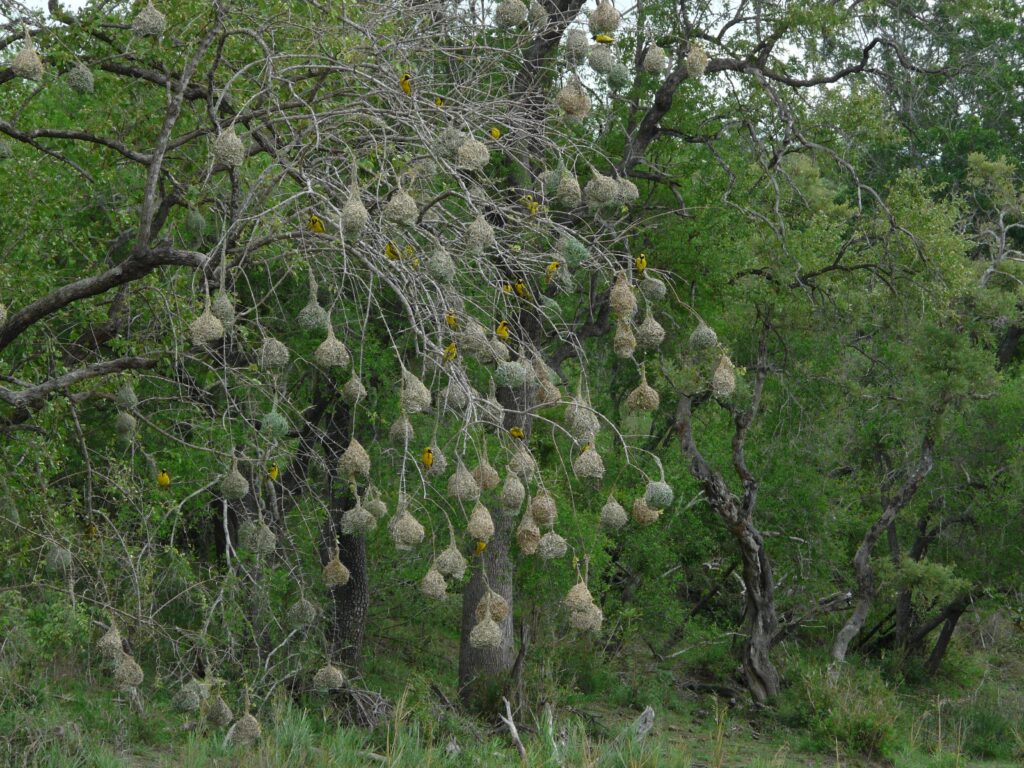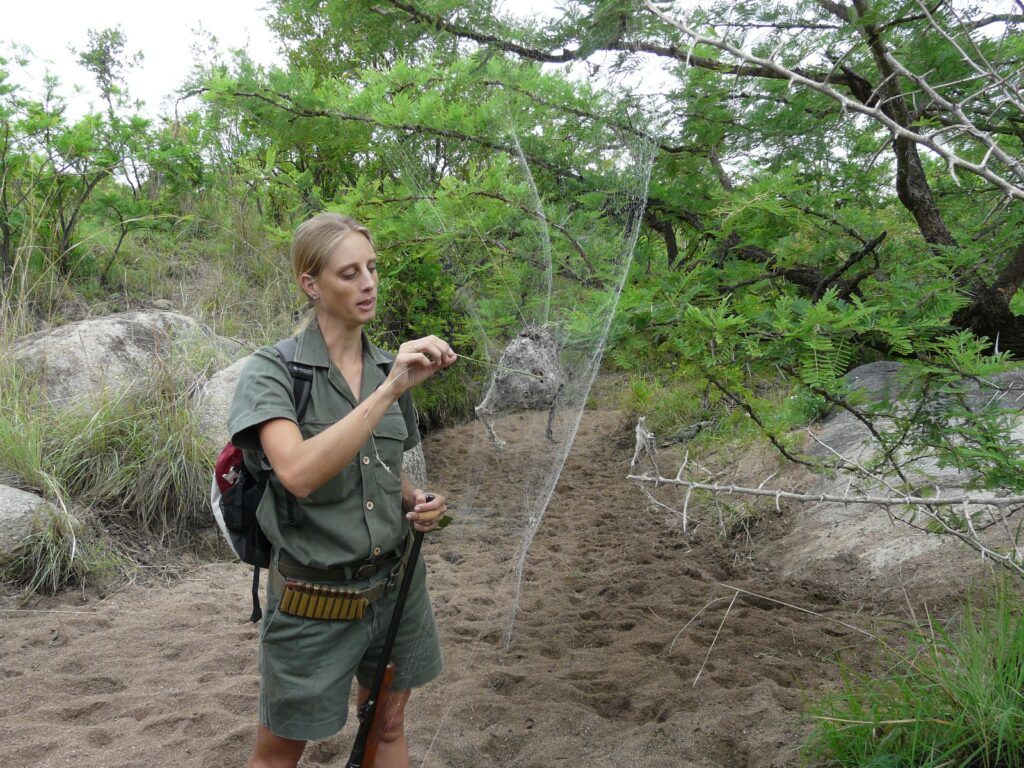PART 1– Ramblings

It all started with this innocuous photograph of what is purported to be early knitting needles. Since starting this post I have encountered so much non-information, or information that needs checking that I’m having to split my research and ideas, and hence my posts, into separate parts. The rabbit hole is large and the warren extensive! However, I hope to understand and convey whether there was a progression from nålbinding to two-needle knitting or whether these two different forms of looping evolved totally separately from each other. There has already been a lot research into both these crafts and I don’t intend to re-invent the wheel but will point you in the direction for you to read and develop your own thoughts on the subject.
Being the sceptic that I am (or maybe it’s my scientific mind breaking through) I questioned whether these were knitting needles or a) some other textile related tool, or b) something else entirely. By consulting the great oracle, “Google”. I tried to track down this (or another instance of) same photo to find more information on the archeology and some primary data. I mean, I know you can get square knitting needles (not that I have tried them) but it doesn’t seem the obvious choice to me when narrow twigs ‘usually’ come in some sort of ’round’ fashion straight off the tree!
My first port of call was the V&A Museum and an interesting article entitled The History of Hand Knitting In it we are reminded of our present day idea of knitting that is generally understood to be described as flat-knitting using two needles. Are there any other types of knitting? Well, yes, many.
Some of the earliest woollen forms of knitting we have physical examples of are from Egypt and are socks dated from the 3rd to the 5th century AD. (Please see the article for pictures and description or see here). However, these are not the kind of knitted two-needle or multi-needle socks we are familiar with today. These Egyptian socks were made with one needle and a method we now know as nålbinding which is usually worked in the round with an interconnected looping technique and relatively short lengths of yarn. Many older examples of a simple looping technique like this date back to around 6500 BCE. More information on the history of nålbinding and early looping can be found here. In contrast, the earliest example of two-needle knitting I have found thus far is in the V&A collection and was made in North Africa in about 1100 – 1300. Here I encountered my first dilemma; a huge gap in time. How was the transition from nålbinding to present day knitting achieved, if indeed, one was the precursor to the other?
Having sat for many an hour at living history events making nålbound items, or teaching others how it’s done, one of the frequent questions I get asked is, “Is it knitting?” Thinking about how best to explain this my weird thoughts have often turned to wondering how we get from one needle to two or more, or to a hook in the case of crochet. Simple hooking or use of a hook has, to my mind, been the logical first step in this process after a single needle. Putting a hook on the end of it seems the next possible step, maybe? But can I prove it? Is there any evidence?
My next search led me to looking at early knitting tools to try and see if there was some kind of transition that has been documented or whether archaeological finds of textile tools have possibly been identified incorrectly. By chance I landed on a site that is a) deeply interesting and b) was posing answers to the very questions I had in mind (and a lot more). Here I direct you to this very informative web page on Early Knitting Tools and urge you to read it and the other related pages it contains on the ‘history of things with holes and strings’. It is fascinating.
Nålbinding and knitting create two distinct textiles and while there are several ways that knitting can be produced (needles, hooks or peg loom) nålbinding cannot reproduce the true structure of knitting (but has easily been mistaken for it in the past). More in-depth information on this and a good detailed explanation of the different textile structures including ancient Egyptian knitted tubes can be found here.
It has been proven, through carbon dating, that true knitting was around in 5th-6th century Egypt and possibly as far back as the 1st century but how far spread it was geographically or whether other cultures developed it at the same or similar time frames is harder to evaluate and poses even more questions! How were these knitted tubes made? Did they use needles or some kind of loom or other method?
To recap; my first question may have been answered. Maybe there was no direct transition from nålbinding to ‘true’ knitting because the structures are completely different. Knitting developed as a different, independent, process? Maybe, but did the process of nålbinding, the actual ‘doing’ it, bring to mind the thought that ‘we could do this another way’ or ‘ what if’ scenarios. In so doing, maybe our two-needle knitting or hooked crochet may have been developed, indirectly, as an idea?
So, what came next, needles or hooks?
Those of us who spin, weave and create various textiles get to understand, and value, the place of hooks. From the very basic tool to hook your leader through the spinning wheel orifice to the very handy hook used to twist and finish those final rows of Sprang weaving when there simply is no room for your fingers anymore. We weavers also use hooks to sley our reeds and heddles. While on the subject of weaving, here is a small diversion….
Hooks and needles have been around immeasurably longer than any evidence of either being used in the production of looped fabric, and looping without tools all but certainly predates the use of any such implements for that craft. In fact, there’s no way even to determine if our species was the first to figure out how to do any of this.
Crochet isn’t for the birds 25 November 2017 stringbed
Ever seen the nest of a Weaverbird?


Or the humble spider?


Weaver Birds know how to gather uniform strips of vegetable fiber and loop and weave them with their beaks into intricate nests. Spiders also weave webs and nests of countless shapes and sizes. There is also a Tailorbird that draws fibre into thread and sews it with its beak. However, our fingers and thumbs require the use of tools to achieve fine, consistent results like this.

Humans, or at least some of our extinct sub-species, have used tools for millennia as is attested by this 50,000 year old bone needle. How these tools developed in the ways they did is conjecture as we really don’t know. From a simple sewing needle to two needle knitting to weaving on a warp weighted loom is a huge step in technology and time. The fact that these techniques were achieved is evident from archeological records. Where am I going with this?
I started primarily looking at looping and its various forms with a view to the development of two-needle knitting. We have already established there is a difference between nålbinding and knitting in regards to the structure of the fabric and have concluded that a single needle looping technique cannot produce a fabric that we would regard as modern knitting. And here the rabbit hole gets deeper and darker and, perhaps, a little foggy. All is definitely not clear!
More reading led me to a discussion on ‘true’ knitting and ‘crossed-knit looping’. Which fudged the issue even further by introducing a question of whether the different forms of knitting/looping can be thought of either in terms of fabric structure or the method of production. A good question worthy of more research but this was leading me away from my warren into another and I had to re-focus.
Back to the Egyptians!
This is where Part 1 ends. You can see how easy it is to get pulled away from your original questions and how what was supposed to have been a one page blog post has turned into much, much more. A fascinating subject that deserves more than a page.
I will return to my books and papers and I hope you can do some research of your own too. The more I read, the more there is to read! If you have any thoughts or ideas, or can point me in the direction of something relevant, please do get in touch. I can be found here Diary of a Saxon Weaver on Facebook, or here on Instagram or plain old email: jackie@jackiebush.co.uk There is bound to be something I’ve missed!
Some useful links but by no means an extensive list. I would also point those interested in nalbinding to NIDAVELLNIR NALBINDING UK a very useful resource and knowledgeable archeologist who has written many papers on the subject.
The History of Knitting
A Brief History of Nalbinding
Heritage Crafts – Nalbinding
Prehistoric Textiles
History of Nalbinding
Part 2 will be available January 2023.
